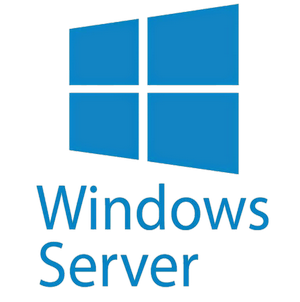- Installation and Configuration:
- Installation of the operating system on server hardware;
- Selection and configuration of server roles depending on the needs of the organization (for example, the role of a domain controller, file services, DHCP, DNS, web server, etc.);
- Security:
- Installation and configuration of security tools such as firewalls, antivirus programs, security monitoring systems;
- Management of access rights and security policies;
- Updates and patches:
- Regularly updating the operating system and services and applications installed on the server;
- Monitoring and managing the update process to minimize the impact on the operation of services;
- Backup and recovery:
- Set up backup systems for important data and configurations;
- Testing recovery procedures and ensuring their effectiveness;
- Monitoring and performance:
- Monitoring server resources such as CPU, memory, disks, network, services, etc.;
- Responding to alerts and crashes, optimizing performance;
- Network Management:
- Configure and maintain network services, including DHCP, DNS, routing, and switching;
- Work with network protocols and services to ensure efficient operation;
- User and Group Management:
- Create and manage user accounts and groups;
- Configure access rights and security policies for accounts;
- Virtualization:
- Manage virtual machines if virtualization is used (for example, using Hyper-V);
- Configure and maintain virtual environments;
- Integration with other services:
- Integrate Windows Server with other Microsoft products and third-party services;
- Configure and maintain integrated solutions;
- Technical Support:
- Provide technical support to users and resolve server-related issues;



